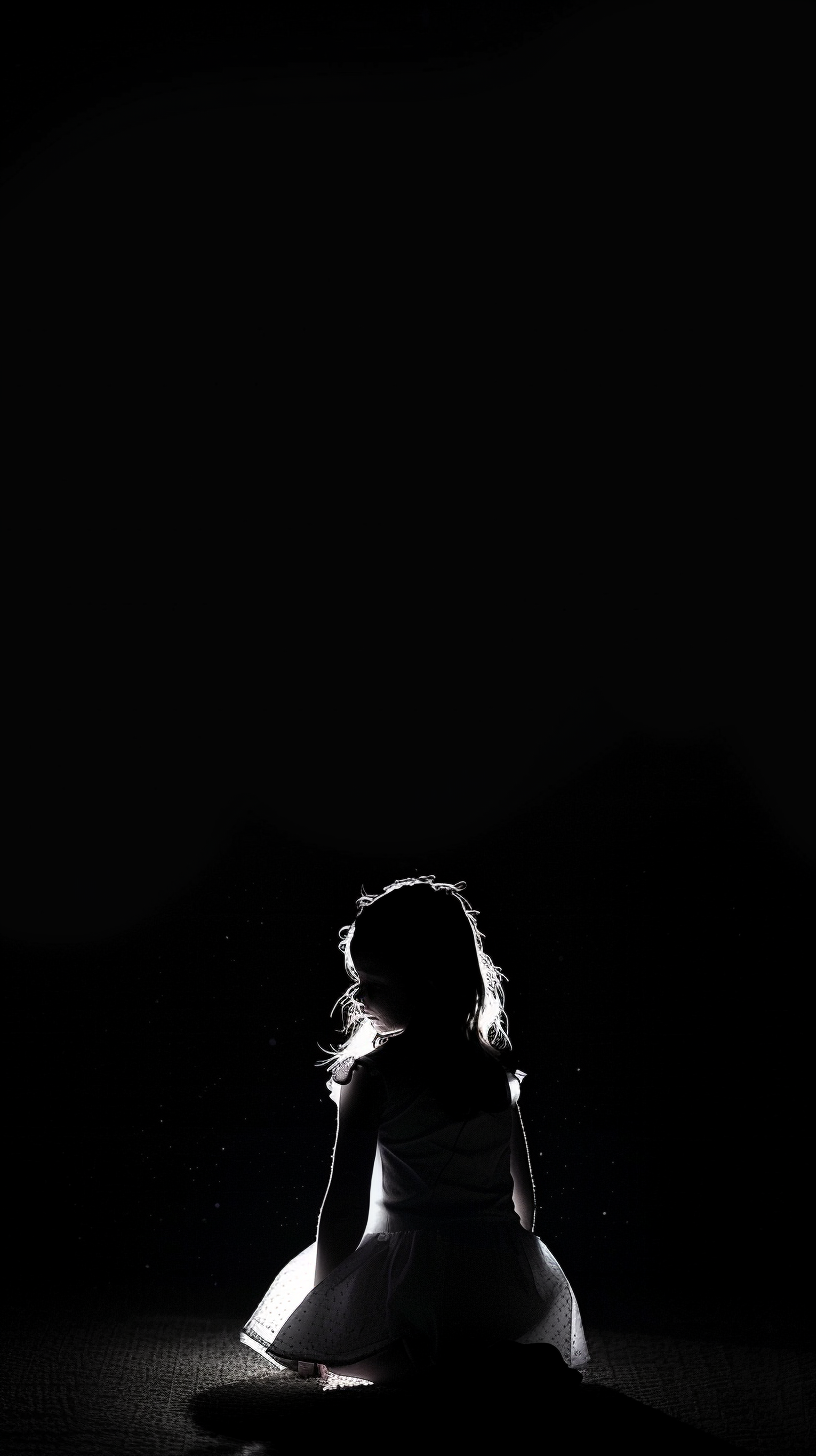Adia
Depictions
Adia is pure nothingness. The Goddess of the Void, she brings neither destruction nor creation, but a lack of being, returning the galaxy bit by bit to the nothingness it once was. Modern members of the Interworld Arcanist Society theorize that Adia was the last deity to be born of the Pantheon, the true offset to the entropy of the universe. She is often depicted as the blank space in religious artwork, symbolizing the Void, darkness, and the afterlife that awaits all Visctherians, known as the Beyond.
When she is fully depicted as her own being, she is often shown as either an infant or a young child dressed in black. She is associated with both extreme intelligence and fervent madness, as worship of this deity requires a strong mind to fathom the ever-extending reach of the void. While few want or need to comprehend the nothingness that reaches its grasping hands ever closer, those who can understand are often regarded as higher beings by most mortals.
Temples & Followers
Adia's followers are few and far between, as few want - or know how - to celebrate nothingness. Nihilism is common amongst her worshipers, often leading to depression and madness. Some follow Adia by working with the actions of the void, allowing their minds to go blank in meditation and enjoying the lack of mental existence. The grand majority of Adia's followers are located around her temples, in either Meskaovania or Croyla. Some smaller temples exist, but most of her altars are kept in combination with other Gods.
The Null Sanctum
Built on the northern island of Meskaovania, the Null Sanctum is the oldest temple of Adia. The temple is full of things people have given up to the void, altars overflowing with offerings. Few attend the services held at the temple until the last day of the year, when thousands of Meskaovanians can be found making the trip across the strip of ocean to visit the Null Sanctum and make an offering to bless the past year as it travels into the void, and the new one as it emerges.
The Phirapolis
Croyla houses the Phirapolis, an ancient temple to the void and all things nothingness. The temple is almost completely empty apart from a massive altar, required by the priests to be blank of all items and tools unless performing the regular rituals that offer items and valuables to the void. Few staff exist at this temple, and most practicioners - of the few that exist - volunteer their time to help at the temple.
Common Epithets
There are several common epithets of Adia, where She is referenced as both a deity of balance and relief, as well as a deity of destruction and death.
- Peace - Ambanisti
- Balance - Uhlosei
- Chaos - Ethummu
- Darkness - Throrit
- War - Evoustra
- Power - Bentori
- Insanity - Eoheter
- Death - Abblexe
- Fear - Obrac
- Sleep - Nilis
- Destiny - Holli

Main Teachings
- Everything is born from nothing, and to nothing it returns.
- The Beyond welcomes all in death.
- Beginnings only come after endings.
Holidays
Birthdays
Adia is often celebrated - or at least thanked - at most births, as the new Spark emerges from the Void into the world. Visctherians, while they do not dwell on the seriousness of the nothingness, do give thanks to the Goddess for allowing the Spark to return from the Beyond to the mortal realm.
Day of Whispers
A spooky holiday, the middle of Glaralm is typically a day for worshiping ancestors and loved ones who have passed to the Beyond, the realm of Adia and Maghena. On this day, there are few Visctherians who do not celebrate their passed loved ones, and thank Adia for protecting and caring for them until they can be reunited.
Year's End
The end of the year is held on the last day of Paulyo, and celebrates what happened during the year as well as all the possibilites of the new one. Offerings to Adia are said to not only thank the previous year for all its blessings as it passes into the nothingness of time and memory, but also bless the new year as it emerges from the Void.
Remove these ads. Join the Worldbuilders Guild










Comments